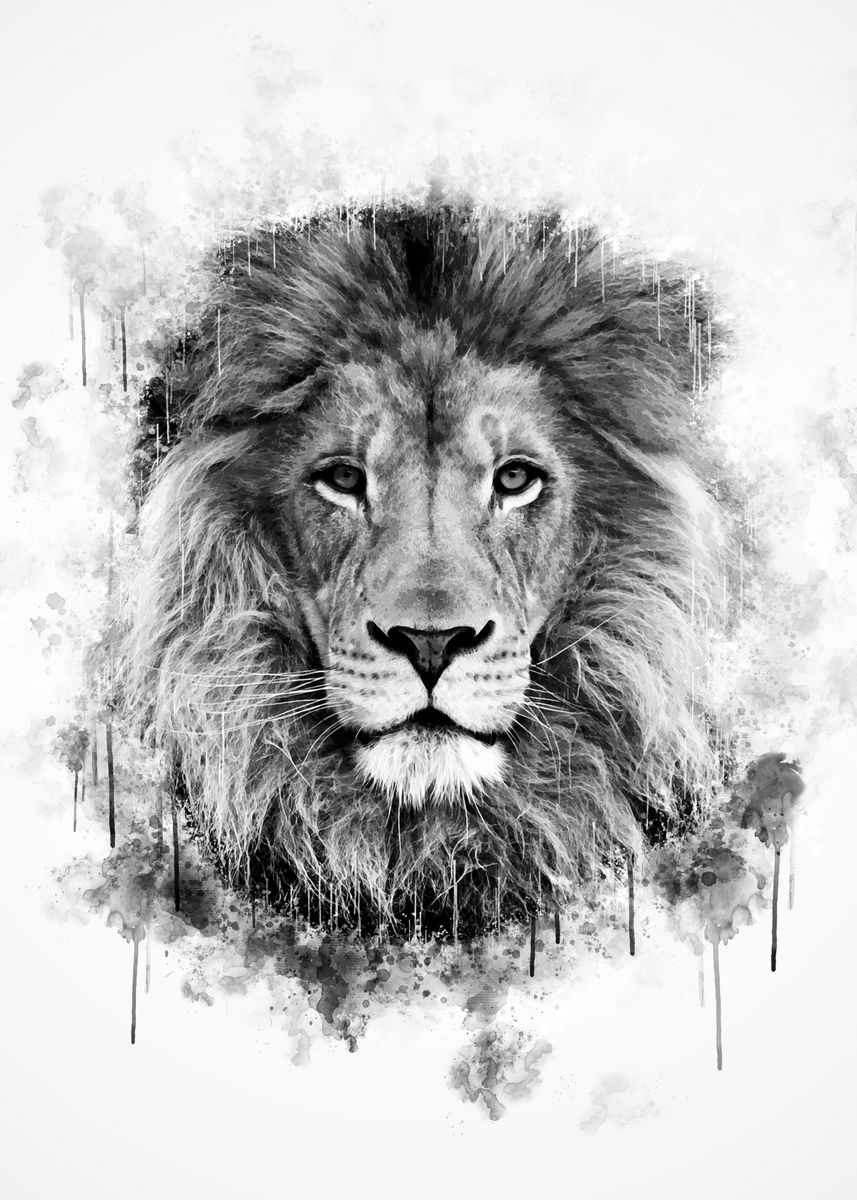

For these productions, three different lions were used.įootage of the first lion (unnamed) is widely inaccessible, although a few frames of the logo with this lion exist in the public domain. MGM began experiments with two-strip color short subjects in 1927 and animated cartoons in 1930. 1927-1928), Telly (1928–1932), Coffee (1932–1935) Ĭoffee, one of the three lions used for Technicolor test logos on early MGM color productions from 1932 to 1935. Jackie received the nickname "Leo the Lucky".īill (c. In the most famous case, a pilot had to crash-land his plane, and left Jackie stranded in the Arizona wilderness for four days with some water and sandwiches.

The lion is also known for surviving several accidents, including a sinking ship, two train wrecks, an earthquake, and an explosion in the studio. A short 1933 film of a very annoyed Jackie receiving a bath from trainer Mel Koontz also exists. Jackie also appeared with an apprehensive Greta Garbo in a well-known 1926 publicity still. In addition to appearing in the MGM logo, Jackie appeared in over a hundred films, including the Tarzan movies that starred Johnny Weissmuller. For these sound reissues, the original Slats logo was replaced with Jackie, causing many film authorities to assume that the Jackie logo had been in use prior to 1928. In the early 1930s, MGM reissued some of its earlier, pre-1928 silent films with prerecorded music soundtracks and sounds such films included Greed (1924), Ben-Hur (1925), Flesh and the Devil (1926), and The Unknown (1927). He would later make a comeback at the beginning of the film Hearts of the West (1975). Jackie died on February 26, 1935, after suffering heart problems. (both 1950), a still frame of the logo - sans growling-was used at the beginning. For the films Westward the Women and The Next Voice You Hear. A colorized variation of the logo can be found on the colorized version of Babes in Toyland (1934), also known as March of the Wooden Soldiers an animated version created using rotoscope appeared on the 1939 Captain and the Kids cartoon Petunia Natural Park.
Black and white lion series#
He also appeared before MGM's black-and-white cartoons, such as the Flip the Frog and Willie Whopper series produced for MGM by the short-lived Ub Iwerks Studio, as well as the Captain and the Kids cartoons produced by MGM in 19. Jackie appeared on all black-and-white MGM films from 1928 to 1956 (replacing Slats), as well as the sepia-tinted opening credits of The Wizard of Oz (1939). 1933), there was a slightly extended version wherein, after looking off to the right, the lion would return his gaze to the front a few seconds later. Jackie roared/growled three times before looking off to the right of the screen (the lion's left) in the early years that this logo was used (1928–c. This was recorded long after he was filmed and at least three different recordings of roars/growls were used, first heard via a gramophone record for MGM's first production with sound, White Shadows in the South Seas (1928). He was a wild lion brought from Sudan, and the first MGM lion to roar. Jackie, born in 1915, trained by Mel Koontz, was the second lion used for the MGM logo. Slats died in 1936, and is buried in Gillette, New Jersey by Volney Phifer, who planted a pine tree on his grave to "keep the lions spirit down." ġ928 poster promoting a traveling tour of Jackie He further added that the school's fight song, " Roar, Lion, Roar", inspired him to make the subsequent logo lions roar. Howard Dietz stated that he decided to use a lion as the company's mascot as a tribute to his alma mater Columbia University, whose mascot was the Columbia Lion. However, it is rumored that Phifer trained the lion to growl on cue, despite the fact that synchronized sound would not be used in motion pictures until 1927. Unlike his successors, Slats did nothing but look around in the logo, making him the only MGM lion not to roar. the first MGM film that used the logo was He Who Gets Slapped (1924). Born at the Dublin Zoo on March 20, 1919, and originally named Cairbre (“Charioteer” in Gaelic ), Slats was used on all black-and-white MGM films between 19. Slats, trained by Volney Phifer, was the first lion used in the branding of the newly formed studio. One of the lions used by Goldwyn Pictures.


 0 kommentar(er)
0 kommentar(er)
